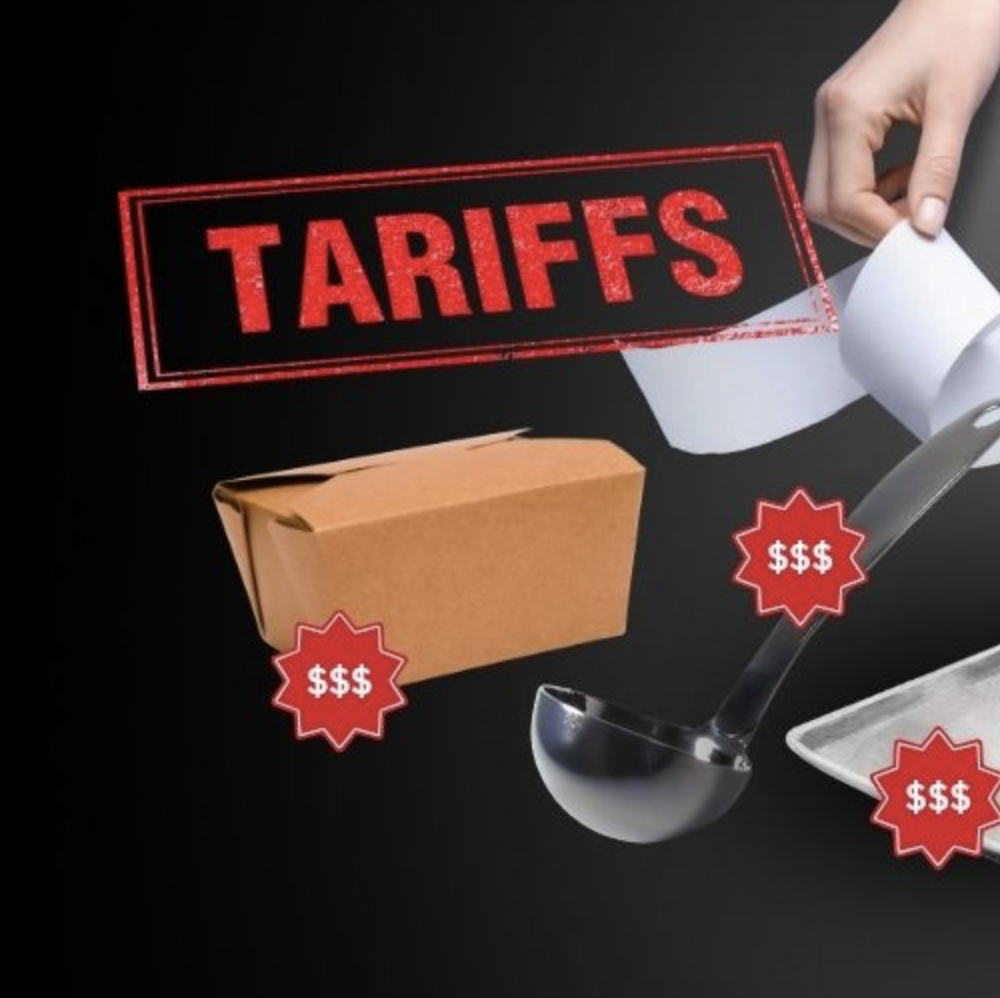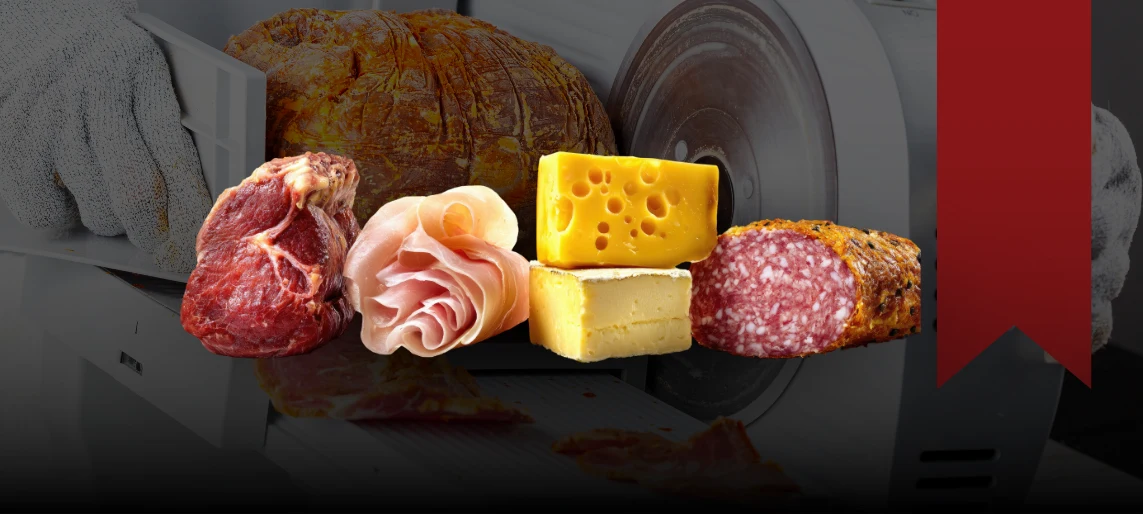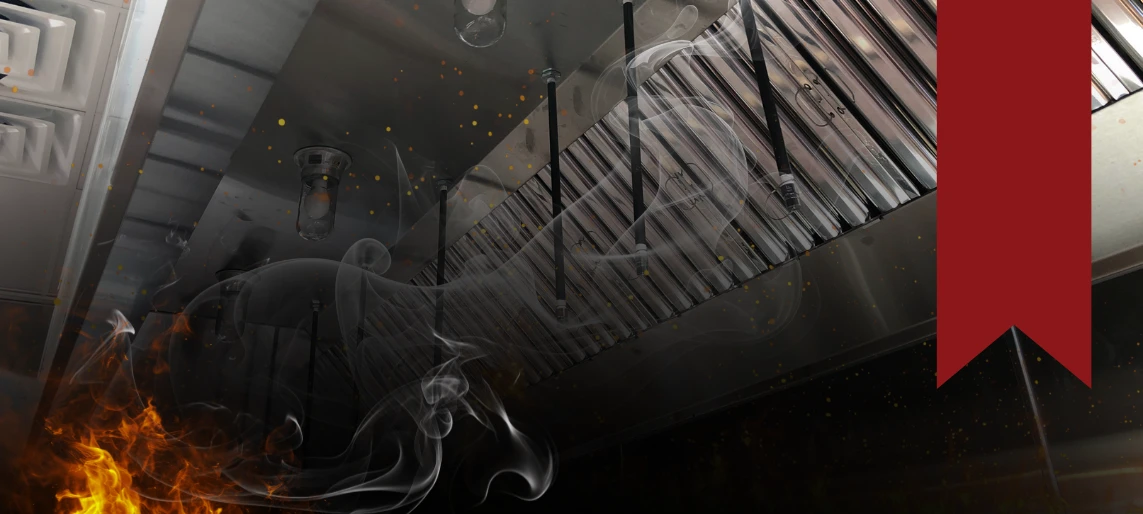
Summary
Kitchen hood cleaning is critical for fire safety, air quality, and compliance. Learn how kitchen hoods work, why hood cleaning matters, how often it should be done, what’s involved in the process, the codes that apply, the cost of neglecting cleaning, and a compliance checklist to keep your kitchen inspection-ready.
Why Kitchen Hood Cleaning Matters
Kitchen hoods capture smoke, grease, and heat during cooking. Without proper cleaning, grease buildup becomes:
• A Fire Hazard – Grease is highly flammable; buildup in hoods and ducts is a leading cause of commercial kitchen fires.
• A Health Hazard – Poor ventilation affects indoor air quality and staff safety.
• A Compliance Issue – Fire codes, OSHA, and health inspectors require regular cleaning.
• A Costly Repair Risk – Dirty hoods stress exhaust fans and HVAC systems.
How Kitchen Hoods Work
A commercial kitchen hood is more than a metal canopy. It’s a complete ventilation system designed to:
1. Capture smoke, grease-laden vapors, and heat above cooking equipment.
2. Filter grease particles through baffle filters.
3. Exhaust air through ductwork to the outside using an exhaust fan.
4. Protect the kitchen with integrated fire suppression nozzles that activate in case of fire.
📌 Key Point: If the hood, filters, ducts, or fans are clogged with grease, the entire system fails — and becomes a major fire hazard.
How Often Should Kitchen Hoods Be Cleaned?
The frequency depends on cooking volume and type of food:
• High-volume operations (24/7 kitchens, fast food, charbroiling): Monthly
• Moderate-volume kitchens (sit-down restaurants, hotels, cafeterias): Quarterly
• Low-volume kitchens (churches, seasonal facilities, senior centers): Semi-annually
• Non-grease cooking (vegetarian, coffee shops): Annually
📌 Pro Tip: Always follow NFPA 96 standards and check with your local fire marshal for specific requirements.
Signs It’s Time for Hood Cleaning
Don’t wait for a fire marshal to point it out. Watch for these warning signs:
• Grease dripping from filters, walls, or equipment
• Strong grease odors even after cleaning surfaces
• Smoke or heat lingering in the kitchen
• Filters clogged or difficult to remove
• Fans rattling, vibrating, or running louder than usual
What’s Involved in Hood Cleaning?
Professional hood cleaning covers more than just wiping the surface:
1. Disassemble & Cover – Remove filters, protect equipment, floors, and walls.
2. Degrease Hood Surfaces – Clean hood canopy, plenum, and duct access panels.
3. Filter Cleaning – Soak and scrub metal filters with degreaser or hot water.
4. Duct Cleaning – Access panels are opened and grease removed from ductwork.
5. Exhaust Fan Cleaning – Fan blades, motor housing, and rooftop unit are degreased.
6. Polish & Reassemble – Hood canopy polished; filters reinstalled.
7. Compliance Sticker – Many jurisdictions require a sticker showing last cleaning date.
Quick Hood Cleaning Checklist
Daily (Staff Duties)
• ☐ Wipe down hood surfaces with degreaser
• ☐ Empty and clean grease cups or trays
• ☐ Inspect for visible buildup
Weekly (Staff Duties)
• ☐ Clean hood filters (dishwasher-safe or soak in degreaser)
• ☐ Inspect filters for damage and replace if needed
• ☐ Check exhaust fan for noise or vibration
Professional Service (Certified Contractor)
• ☐ Schedule hood, duct, and exhaust fan cleaning per NFPA 96 frequency:
• Monthly – High-volume (fast food, charbroiling, 24/7 operations)
• Quarterly – Moderate-volume (cafeterias, hotels, sit-down restaurants)
• Semi-Annually – Low-volume (churches, senior centers, seasonal kitchens)
• Annually – Non-grease cooking (coffee shops, vegetarian kitchens)
• ☐ Ensure ducts are accessed and cleaned through all panels
• ☐ Verify exhaust fan blades, housing, and rooftop unit are degreased
• ☐ Confirm cleaning log is updated and inspection sticker applied
Compliance & Safety
• ☐ Hood cleaning log available onsite for inspectors
• ☐ NFPA 96 standards followed
• ☐ Fire suppression system inspected and current
• ☐ Hood lighting covered/sealed properly after cleaning
📌 Pro Tip from Aldevra: Don’t wait until grease is visible on duct exteriors — by then, internal buildup is already a fire hazard.
The Cost of Neglecting Hood Cleaning
Skipping regular cleaning can create hidden and immediate costs:
• Fire Damage – Commercial kitchen fires are often traced back to grease buildup.
• Failed Inspections – Health or fire inspectors can shut down a kitchen on the spot.
• Insurance Issues – Fire insurance claims may be denied without cleaning documentation.
• Higher Energy Bills – Dirty hoods force fans to work harder, straining motors and HVAC.
Staff vs. Professional Responsibilities
• Staff: Handle daily wipe-downs, empty grease trays, and clean filters weekly.
• Professionals: Required for duct and exhaust fan cleaning, with certified proof of service.
Both roles are necessary — staff maintain day-to-day cleanliness, while professionals ensure compliance and fire safety.
Fire Suppression System Tie-In
Kitchen hoods often integrate with fire suppression systems (like Ansul). If the hood isn’t cleaned, grease can block suppression nozzles, preventing them from activating properly during a fire.
📌 Key Point: Hood cleaning and fire suppression inspections should go hand-in-hand.
Common Code Requirements
• NFPA 96 (National Fire Protection Association) – Defines cleaning frequency, duct access, and hood maintenance standards.
• OSHA – Requires safe, breathable air in workplaces, including kitchens.
• Local Fire Marshals – Enforce NFPA 96 and may require proof of professional cleaning.
• Insurance Providers – Many insurers mandate hood cleaning for fire coverage.
Aldevra’s Perspective
At Aldevra, we’ve seen the difference between kitchens that treat hood cleaning as a box-check and those that make it part of their preventive maintenance program. Clean hoods mean safer kitchens, smoother inspections, and peace of mind for operators.
FAQs About Hood Cleaning
Q: Can staff clean kitchen hoods?
A: Staff should handle daily wipe-downs and filter cleaning, but ducts and fans must be cleaned by certified professionals.
Q: What happens if I skip hood cleaning?
A: Expect grease fires, equipment failures, failed inspections, and possible insurance claim denials.
Q: Do all hoods need cleaning?
A: Yes — even low-volume kitchens must follow NFPA 96 and local fire codes.
Q: How do I know if my hood cleaning company is certified?
A: Look for companies trained in NFPA 96 compliance, able to provide inspection stickers, and willing to share before/after photos of cleaning.
Bottom line
Kitchen hood cleaning isn’t just about appearances. It’s about fire prevention, staff safety, compliance, and protecting your investment. Schedule it regularly, document it properly, and you’ll avoid costly downtime and dangerous risks.











